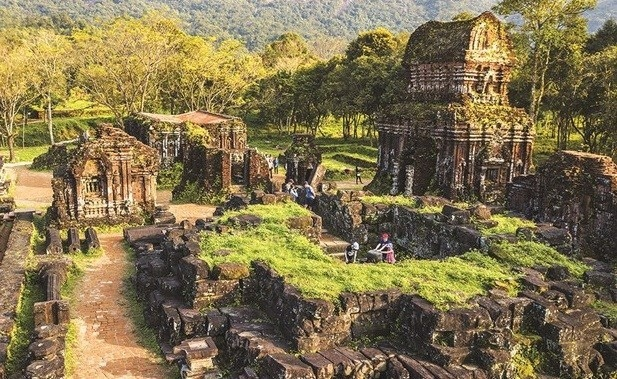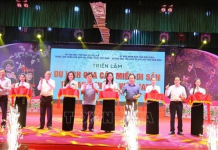The exploration and excavation site spans 220 sq.m, with an exploration area of 20 sq.m and an excavation area of 200 sq.m.
Artifacts collected during the archaeological exploration and excavation process will be preserved by the My Son World Heritage Management Board.
In addition to organizing archaeological exploration and excavation, the My Son World Cultural Heritage Management Board has collaborated with domestic and international partners to conduct maintenance and restoration of towers G, H, A, K. They have also reinforced the supports of the site’s towers and conducted research on the age of the bricks and the stratigraphy in the area.
To enhance the quality of conservation work and promote heritage values, the My Son World Cultural Heritage Management Board is currently working with relevant agencies to excavate the path from tower K to towers E and F. They are also expanding the walkways outside the three towers B, C, and D to alleviate pressure on the site.
Formerly the religious and political capital of the Champa Kingdom, My Son relic site is situated in a hilly landscape in Duy Phu commune, Duy Xuyen district, approximately 70 km southwest of Da Nang city and 40 km from Hoi An city.
It consists of eight groups of 71 monuments constructed between the 7th and 13th centuries.
The temples in My Son were built in groups following a similar model. Each group comprised a main sanctuary (Kalan) surrounded by towers and auxiliary monuments. The towers, with their tiled and covered roofs, contained offerings and sacred objects brought by pilgrims. Cham temples are known for their lack of windows, which contributes to their dim interior. Windows can only be found in the towers.
Currently, there are only about 20 towers left standing.




